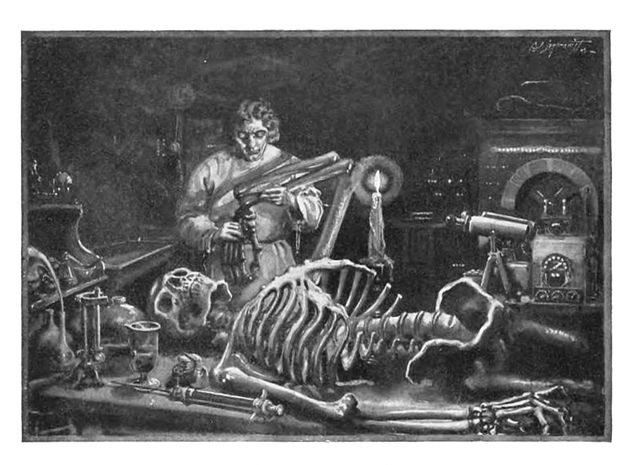Franken-algorithms: the deadly consequences of unpredictable code
By Andrew Smith,
The Guardian
| 08. 30. 2018
The 18th of March 2018, was the day tech insiders had been dreading. That night, a new moon added almost no light to a poorly lit four-lane road in Tempe, Arizona, as a specially adapted Uber Volvo XC90 detected an object ahead. Part of the modern gold rush to develop self-driving vehicles, the SUV had been driving autonomously, with no input from its human backup driver, for 19 minutes. An array of radar and light-emitting lidar sensors allowed onboard algorithms to calculate that, given their host vehicle’s steady speed of 43mph, the object was six seconds away – assuming it remained stationary. But objects in roads seldom remain stationary, so more algorithms crawled a database of recognizable mechanical and biological entities, searching for a fit from which this one’s likely behavior could be inferred.
At first the computer drew a blank; seconds later, it decided it was dealing with another car, expecting it to drive away and require no special action. Only at the last second was a clear identification found – a woman with a bike, shopping bags...
Related Articles
Following a long-standing CGS tradition, we present a selection of our favorite Biopolitical Times posts of the past year.
In 2025, we published up to four posts every month, written by 12 authors (staff, consultants and allies), some in collaboration and one simply credited to CGS.
These titles are presented in chronological order, except for three In Memoriam notices, which follow. Many more posts that are worth your time can be found in the archive. Scroll down and “VIEW...
By Jonathan Matthews, GMWatch | 12.11.2025
In our first article in this series, we investigated the dark PR tactics that have accompanied Colossal Bioscience’s de-extinction disinformation campaign, in which transgenic cloned grey wolves have been showcased to the world as resurrected dire wolves – a...
By Jenny Lange, BioNews | 12.01.2025
A UK toddler with a rare genetic condition was the first person to receive a new gene therapy that appears to halt disease progression.
Oliver, now three years old, has Hunter syndrome, an inherited genetic disorder that leads to physical...
By Simar Bajaj, The New York Times | 11.27.2025
A common cold was enough to kill Cora Oakley.
Born in Morristown, N.J., with virtually no immune system, Cora was diagnosed with severe combined immunodeficiency, a rare genetic condition that leaves the body without key white blood cells.
It’s better...




